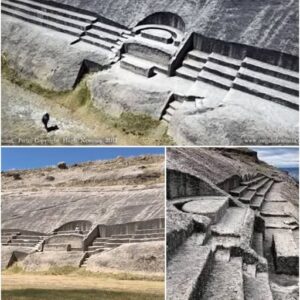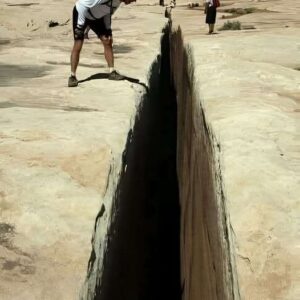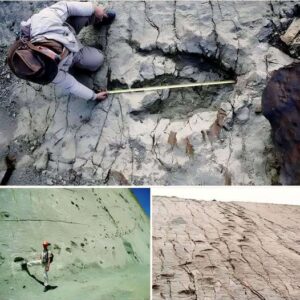The discovery of an ancient kauri tree in New Zealand has unveiled a remarkable 42,000-year-old account of a momentous event – the reversal of Earth’s magnetic field known as the Laschamp excursion. This extraordinary phenomenon, occurring approximately 41,000 to 42,000 years ago, witnessed the north magnetic pole shifting to the southern hemisphere before reverting back to its original position in the north.
Scientists delved into the history preserved within these ancient kauri trees, which thrived in the wetlands of northern New Zealand during the Laschamp excursion. By meticulously analyzing the growth rings of these trees, researchers identified a notable spike in atmospheric radiocarbon levels, coinciding with a weakening of Earth’s magnetic field. This meticulous study enabled them to construct a detailed timeline of the magnetic field fluctuations during that era.

Prior investigations primarily focused on the magnetic pole reversal period when Earth’s magnetic field was a mere 28% as robust as it is today. However, this recent research shed light on a transitional phase dubbed the Adams Event, during which the magnetic field plummeted to a mere 0-6% of its current strength. By cross-referencing their findings with data from various Pacific locations and utilizing climate models, scientists unveiled the profound environmental implications of the Adams Event.
According to Professor Anthony Dosseto from the University of Wollongong, the Adams Event instigated drastic climate alterations on a global scale. Regions like Australia experienced a significant shift towards aridity during this period. This climatic upheaval possibly contributed to the extinction of megafauna in Australia and the disappearance of Neanderthals in Europe. Furthermore, the surge in cave art during this epoch could be attributed to increased cosmic radiation, driving individuals to seek refuge in caves and spur the prolific creation of cave paintings.
The study serves as a stark warning about the potential repercussions if a similar magnetic field reversal were to occur in contemporary times. The surge in cosmic radiation could wreak havoc on power grids, satellite systems, and induce rapid climate transformations. Professor Dosseto stresses the critical importance of comprehending this historical event, stating, “The events that unfolded 42,000 years ago serve as a sobering reminder of the possible consequences of a magnetic field reversal. While the weakening lasted only a few centuries, its lingering effects on our climate, environment, and biodiversity endured for millennia. It stands as a cautionary tale for our planet today.”





